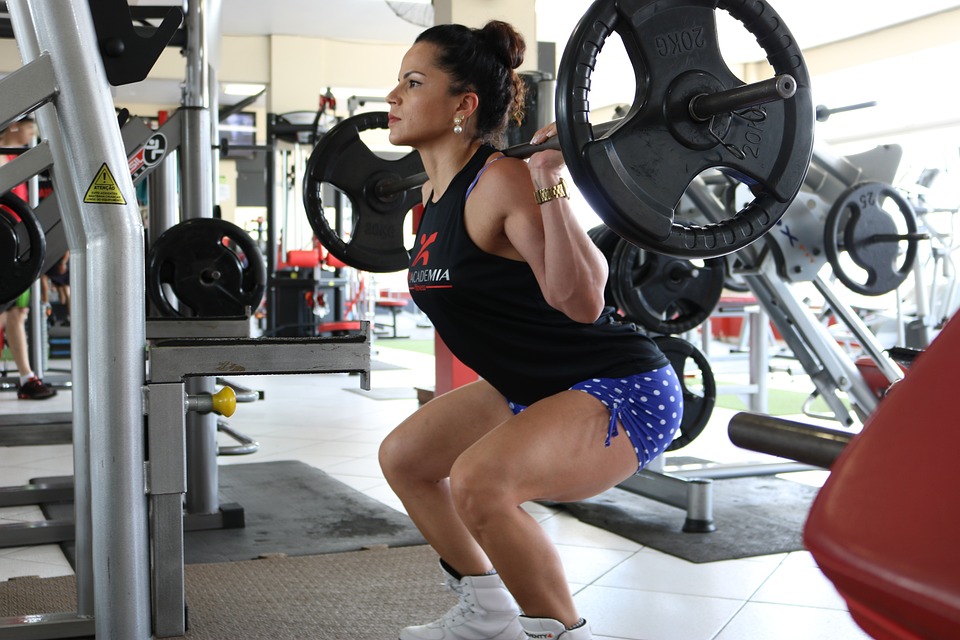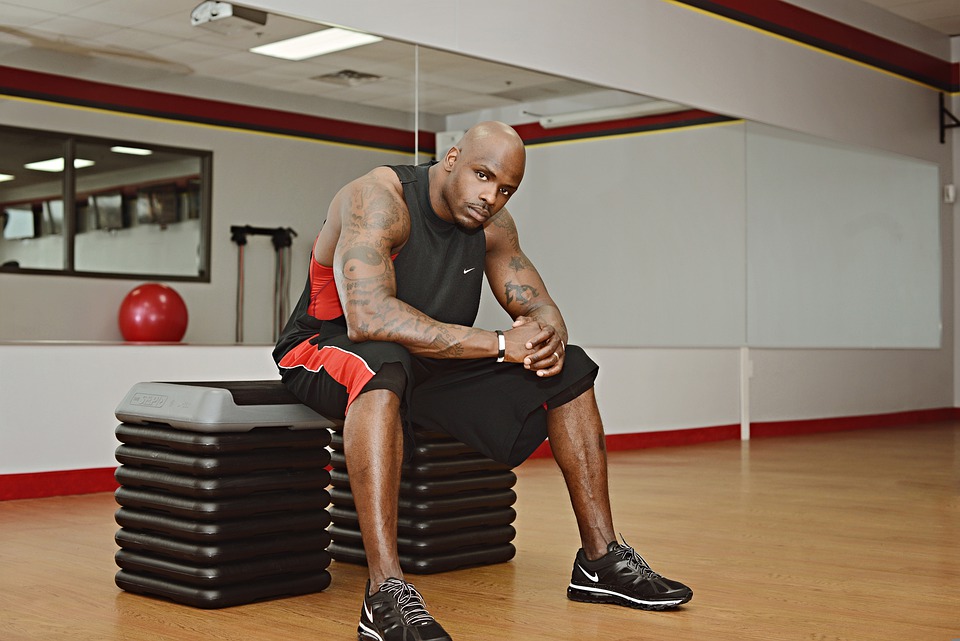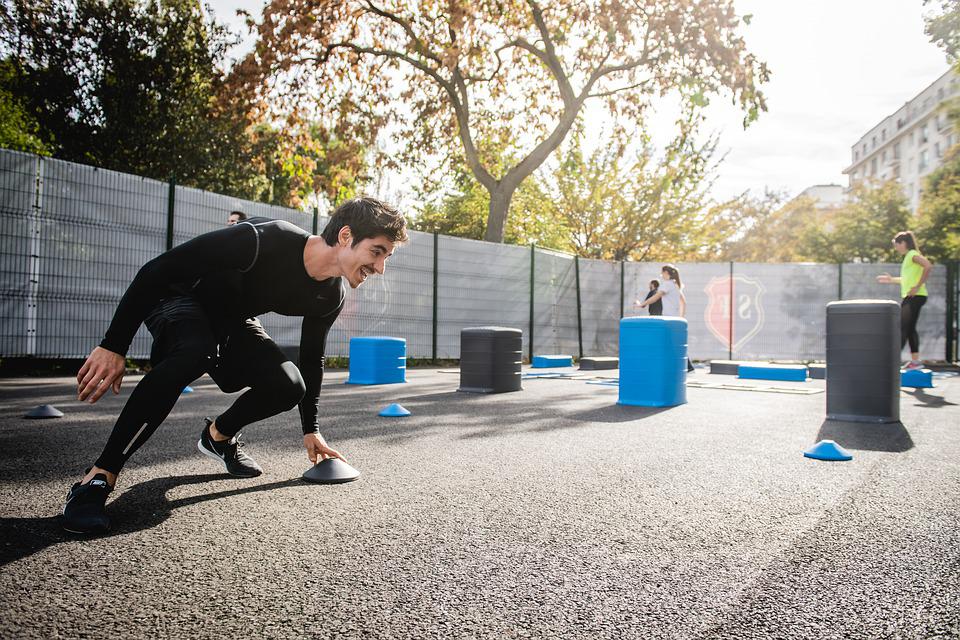
In this blog, we will explore the scientific principles behind progressively overloading the neuromuscular system, and the potential benefits with respect to resistance training and muscle development.
What is Progressive Overload?
The Principle of Progression says that you should only increase your time, weight, or intensity by 10% or less each week, so you can gradually get used to the change without risking injury. If you don’t gradually increase your activity level, your muscles will stop growing.
If you don’t keep putting stress on your muscles, they will decrease in size and strength. If you keep consistently working out, your body will adapt to the changes and be able to handle the stress.
Why Do You Need to Progressively Overload?
The trainer can increase the difficulty of the program by doing things such as increasing the repetitions, intensity, timing, distance, or introducing new movements. One of the most common and effective ways to challenge the client and avoid plateau is to increase the load of the resistance training.
If a client was doing 3 sets of 12 reps of a certain movement, but can now do 15-20 reps, you would increase the weight by 5-10%. This will keep the client in the Hypertrophy phase. You can tell when it’s time to progressive overload by the force and repetitions.
How Does Overload Work in Fitness?
Metabolic damage, muscle tension, and exercise-induced muscle damage are all mechanisms of building muscle through strength training. With respect to progressive overloading, you are increasing the load and causing an adaptation in force output of the muscle over time.
The client will have to work harder if the muscles are under more stress, which will help the client build more muscle. The trainer must pay attention to how the client is doing to know when it is time to increase the force.
Periodization and Programming
Periodization and programming will drive progressive overload by incorporating progressive exercises, weights and intensity into the plan on a macro, meso, or micro cycle basis.
Periodization involves gradually increasing the difficulty of your workouts over time. However, you can also gradually increase the amount of weight you’re lifting within a single workout. The best way to know when it’s time to increase the weight is to watch the client during the workout. You can also ask the client for feedback after each set.
It is not uncommon for trainers to increase the amount of weight their clients are lifting every few weeks, as the client’s body adapts to the training intensity and exercise. Another variable for the trainer to modify is adding additional working sets.
If you over time increase the number of sets you do from 3 to 4 or 5, you will not only improve muscle growth but also increase strength and endurance. For instance, by the fourth set the person may not be able to do more than 8 to 12 repetitions, which is more within the range of strength and muscle growth.
Who Should Overload?
If you’re working out, you should be progressing over time. This doesn’t mean necessarily adding a lot of weight to each exercise, but avoiding plateaus by challenging your neuromuscular systems.
The client may need a break from training in order to recover from an injury or from overtraining. This break can be included in the cycle, depending on the amount of time that is needed.
When Should You Progressively Overload?
This may be due to a need to continue to increase volume but at a lower intensity. The amount of progress a client makes will depend on their training, genetics, nutrition, and other factors. Clients typically see progress every 2-4 weeks, but some may need toProgress more often, either weekly or even within a single workout, if they want to keep increasing their volume but at a lower intensity.
How Long Should You Do It, and Is Overloading Necessary?
As the client progresses, so does the level of difficulty in the exercises. This is to ensure that they are challenged, but not injured, and that they can reach their goals. Adjustments should be made to the progression based on how the client is doing. Overloading, or increasing the difficulty, is not required for every workout, but it is important for eventually improving performance.
How To Progressively Overload
#1: Increase Weight Lifted (Load)
The main way people try to progressively overload their muscles is by increasing the amount of weight they are lifting. This approach is relatively easy to do.
If you can bench press 100lbs for 8 reps, you might try increasing the load to 110lbs next week to create a new stimulus for your muscles to have to adapt to and grow from.
If you are a beginner, you will likely be able to increase the amount of weight you are lifting by 5-10 lbs every week. This will help you to make gains quickly.
This is where people get stuck because they cannot come close to that over time.
The reason they eventually get stuck in a plateau is because they only rely on adding more weight as their method of progressive overload to stimulate muscle growth.
We need to get more creative in our methods to challenge our muscles if we want to see any real progress. This is where the next point comes in handy.
#2: Up The Rep Count
If you add more reps to your sets while maintaining the same weight, you’re essentially doing more work (weight x reps). More work equals more muscle. When you increase the number of repetitions you do while maintaining the same weight, you are effectively doing more work. More work equals more muscle.
If you can bench press 100lbs for 10 reps one week and then 11 reps the next week, you have lifted 1100lbs total across the two sets. This is similar to adding more weight to your training because it provides a new stimulus for your muscles to grow.
This is helpful if you:
- Only have limited equipment OR
- A nagging injury – and can’t increase the weight on your lifts even if you wanted to
However, for those who do have access to more weights, a special progressive overload technique called double progression is most effective.
This training system uses both reps and weight to force your muscles to grow on a weekly basis.
The goal is to gradually increase the number of reps you can do for each set while also gradually increasing the weight.
However, this only works for so long. When you are unable to add more weight or do more reps, another form of progressive overload can be used.
#3: Increase The Number Of Sets You Perform
The key to progressive overload is to gradually increase the amount of work you do over time. One way to do this is to increase the number of sets you perform.
If you want to bulk up your biceps, you can start by adding sets. For example, go from doing 3 sets of 12 repetitions one week to 4 sets of 12 the next week.
If we curl 40lbs in each hand, then our biceps would be lifting 480 more lbs in the second week by adding that one set.
Be Mindful Of Diminishing Returns
However, you need to use this method sparingly.
If you do at least 10 sets of exercises per muscle group per week, you will almost double the gains you would get from doing only 5 sets per week. However, there is a point where you stop seeing results from doing more sets. A good rule to follow is to increase the volume of sets you do by no more than 10-20% each week.
If you are struggling to increase the amount of weight you lift or the number of reps you can do, try adding one extra set to your routine each week.
After you reach the 20-30 rep range or start to feel very tired, you can go back to the original program you started with.
This method, while having its benefits, can be quite taxing on the body and make workouts considerably longer.
So, that’s where the next two methods of progressive overload come in. Both are ways you can continue forcing your muscles to grow while:
- Lifting the same weight AND
- Doing the same number of reps and sets weekly
The tempo at which we lift weights refers to how fast or slow we complete the lifting motion.
If we reduce the speed of our repetitions, we can lengthen the time that the muscle is under tension and thus encourage more muscle growth.
Slowing your tempo is an effective way to progressive overload for bodyweight exercises where adding weight is not an option. This is especially effective for exercises that involve smaller, weaker muscle groups like lateral raises.
While it is important not to go too slow, slowing down your reps to about 6 seconds can actually help muscle growth, according to Dr. Brad Schoenfeld’s 2015 meta-analysis.
The above text discusses one way that you can increase the difficulty of an exercise over time, by changing the tempo. Instead of doing more weight, reps, or sets, you can slow down your reps by 1 second every week. Eventually, you would reach a point where the reps are too slow, and at that point, you would want to apply another form of overload such as increasing the weight.
#5: Clean Up Your Form
Many people mistakenly believe that they are working their muscles harder by adding more weight to their lifts, when in reality they are just compromising their form. Instead, realize that if you do the same workout you did the week before, but you performed your exercises with:
- Better control
- Less momentum AND
- More activation of your target muscles
… Then you would have successfully achieved progressive overload.
This method of improving your form in order to stimulate growth may not be as noticeable as some of the other methods on this list, but it is just as effective. If you improve your form with your exercises, you will see a significant difference in the growth of all your muscles.
We know that any other method of growth will be meaningless unless your form remains intact.














